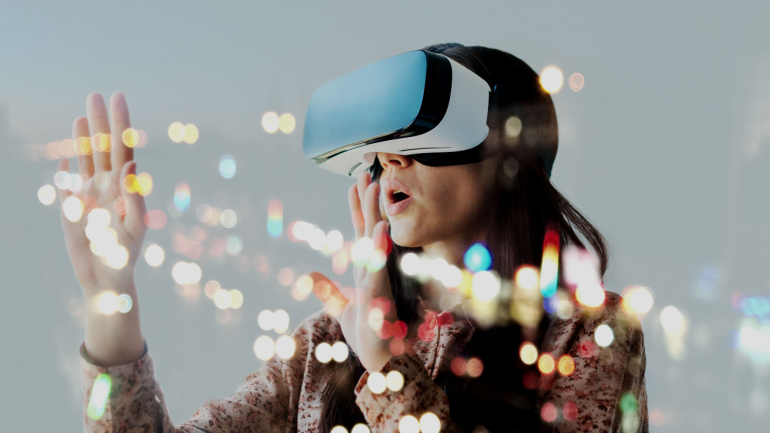Apple has officially entered the AR/VR/XR arena with its Apple Vision Pro headset, a spatial computing device priced at $3,499. The new headset overlays virtual images on real-world environments, using cameras on the front of the opaque goggles to display the environment and the digital overlay.
The Apple Vision Pro features ultra-high-resolution displays, showcasing 23 million pixels, powered by custom Apple silicon in a dual-chip design for speedy data processing. This device utilizes a new operating system, visionOS, allowing users to engage with proprietary apps using eye tracking and finger tapping in the air. Users can enjoy greater immersion for playing games, making Facetime calls, watching movies, and working on documents, all while synchronizing with other Apple devices.
Tim Cook, Apple’s CEO, said, “Today marks the beginning of a new era for computing. Apple Vision Pro introduces us to spatial computing. Built upon decades of Apple innovation, Vision Pro is years ahead and unlike anything created before — with a revolutionary new input system and thousands of groundbreaking innovations. It unlocks incredible experiences for our users and exciting new opportunities for our developers.”
Paolo Pescatore of PP Foresight believes that this launch marks a significant moment for Apple and the consumer electronics industry. However, critics argue that the hefty price tag and 2-hour battery life, powered by a separate unit connected with a cord, may limit its reach.
The Apple Vision Pro headset serves as a first step in redefining the AR, metaverse, XR, MR, and VR sector, which can potentially replace smartphones in the future. It also allows third-party developers to innovate and experiment with new technology. Only time will tell if the Apple Vision Pro achieves the same success as the iPhone launch.







